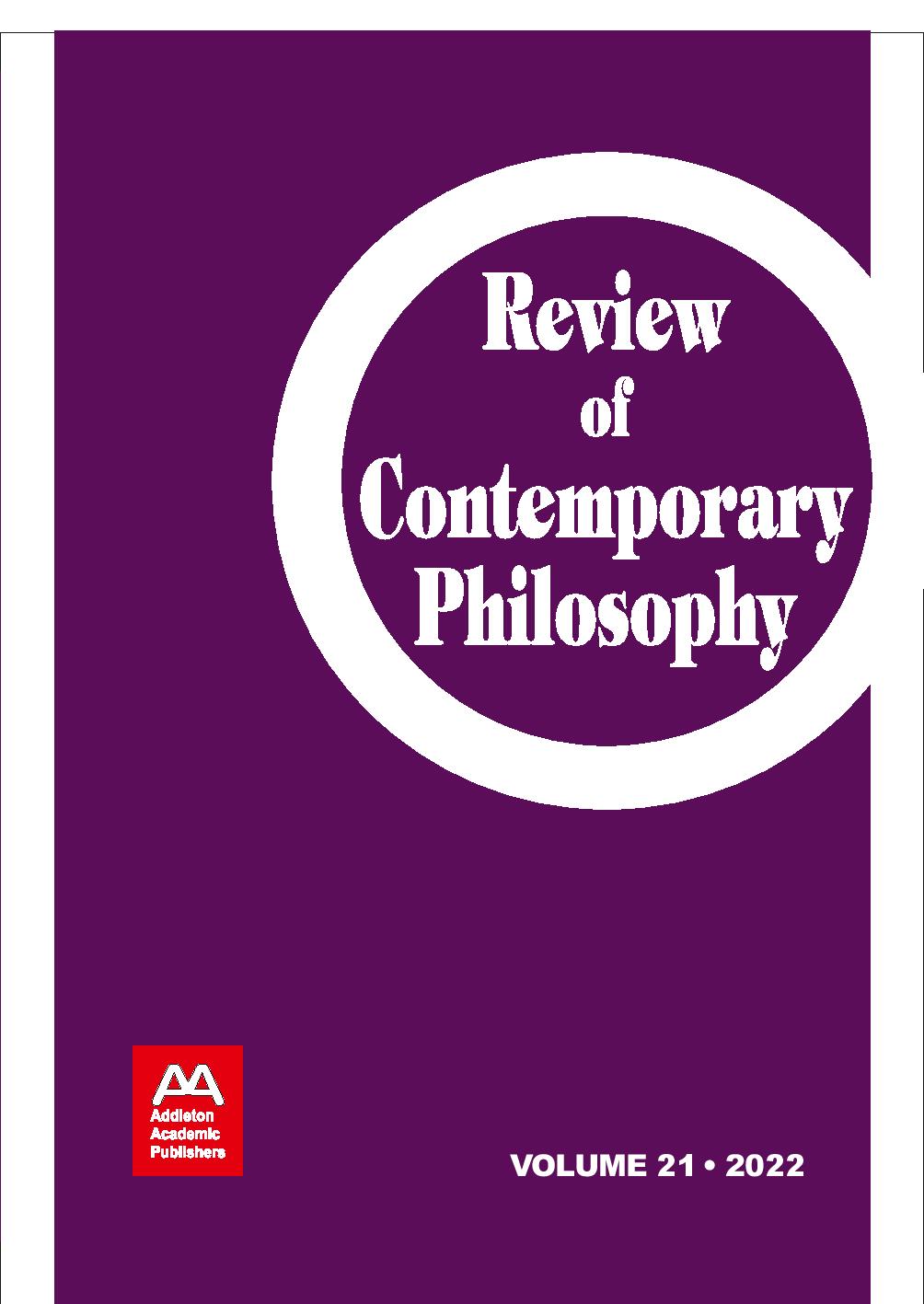Virtual Navigation and Geospatial Mapping Tools, Customer Data Analytics, and Computer Vision and Simulation Optimization Algorithms in the Blockchain-based Metaverse
Virtual Navigation and Geospatial Mapping Tools, Customer Data Analytics, and Computer Vision and Simulation Optimization Algorithms in the Blockchain-based Metaverse
Author(s): Susan GordonSubject(s): Management and complex organizations, Marketing / Advertising, ICT Information and Communications Technologies
Published by: Addleton Academic Publishers
Keywords: metaverse interactive environment; shopper behavioral data; customer personalization tools; image recognition technologies; automated speech recognition tools; retail business analytics;
Summary/Abstract: The purpose of this study is to examine consumer habits and expectations in immersive interconnected virtual worlds. In this article, I cumulate previous research findings indicating that customer behavior analytics shapes immersive digital and metaverse brand experiences in virtual marketplaces. I contribute to the literature on business intelligence operations in extended reality environments and Web3-powered metaverse worlds by showing that customer data analytics is pivotal in immersive virtual experiences across interactive digital worlds. Throughout March 2022, I performed a quantitative literature review of the Web of Science, Scopus, and ProQuest databases, with search terms including “the blockchain-based metaverse” + “virtual navigation and geospatial mapping tools,” “customer data analytics,” and “computer vision and simulation optimization algorithms.” As I inspected research published in 2022, only 136 articles satisfied the eligibility criteria. By removing controversial findings, outcomes unsubstantiated by replication, too imprecise material, or having similar titles, I decided upon 21, generally empirical, sources. Data visualization tools: Dimensions (bibliometric mapping) and VOSviewer (layout algorithms). Reporting quality assessment tool: PRISMA. Methodological quality assessment tools include: AXIS, Dedoose, MMAT, and SRDR.
Journal: Review of Contemporary Philosophy
- Issue Year: 2022
- Issue No: 21
- Page Range: 89-104
- Page Count: 16
- Language: English
- Content File-PDF

